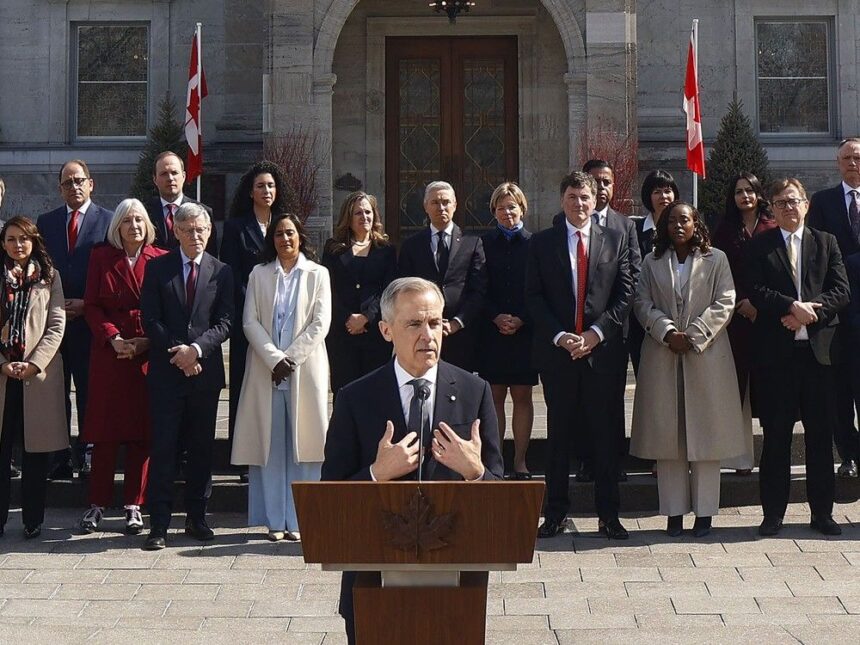In a bold move signaling his governance philosophy, Mark Carney has unveiled plans for a streamlined federal cabinet that would reshape how Canada’s executive branch operates. The former Bank of Canada governor intends to establish a “small, focused cabinet” consisting of fewer than 30 ministers, complemented by up to 10 secretaries of state—a structure not seen in Canadian politics for decades.
According to sources familiar with Carney’s transition planning, this deliberate downsizing represents more than mere administrative reshuffling. It reflects a fundamental shift toward what Carney views as a more efficient and responsive government model, breaking from the expansive cabinets that have become standard in Ottawa.
“This isn’t just about having fewer people around the table,” explained one senior Liberal strategist who requested anonymity to discuss internal matters. “It’s about creating clearer lines of accountability and ensuring ministries can execute effectively on priority files without getting bogged down in bureaucratic overlap.”
The proposed cabinet structure would mark a significant departure from Prime Minister Justin Trudeau’s current approach, which features 38 ministers. Carney’s vision draws inspiration from past Canadian governments and contemporary international models where streamlined executives have demonstrated greater policy cohesion and implementation speed.
Most notable is Carney’s revival of the secretary of state position—ministerial deputies who would handle specific portfolios under the guidance of full cabinet ministers. This structure, last prominent during Brian Mulroney’s Progressive Conservative government, aims to develop political talent while maintaining cabinet discipline.
“Secretaries of state allow for specialized focus without diluting cabinet discussions,” noted Dr. Lori Turnbull, Director of the School of Public Administration at Dalhousie University. “They can drive targeted initiatives while senior ministers maintain strategic oversight across broader policy areas.”
The plan aligns with Carney’s economic management background, where clear hierarchies and defined responsibilities are prized. Sources indicate he believes the current cabinet structure has become unwieldy, with overlapping mandates slowing decision-making during critical national challenges.
Critics, however, question whether a smaller cabinet can adequately represent Canada’s diverse regions and populations—a traditional consideration in cabinet formation. Conservative strategists have already suggested the move might signal diminished attention to certain constituencies or issues.
Carney’s team counters that effectiveness ultimately serves all Canadians better than symbolic representation. “The goal is substantive results, not checking boxes,” said one adviser, adding that diversity considerations would remain important within the overall government structure.
Political observers note that Carney’s economic expertise is clearly influencing his governance approach. “He’s applying the efficiency principles of central banking to political leadership,” commented political analyst Emma Richardson. “The question is whether this corporate-style management will translate effectively to the messier world of democratic politics.”
As Carney prepares to assume leadership, this cabinet blueprint offers the clearest indication yet of how he intends to differentiate himself from his predecessor while addressing the complex challenges facing Canada in a turbulent global landscape.
In a political era defined by expanding government mandates, can a leaner cabinet structure deliver more effective governance, or will important perspectives be lost in the pursuit of efficiency?










